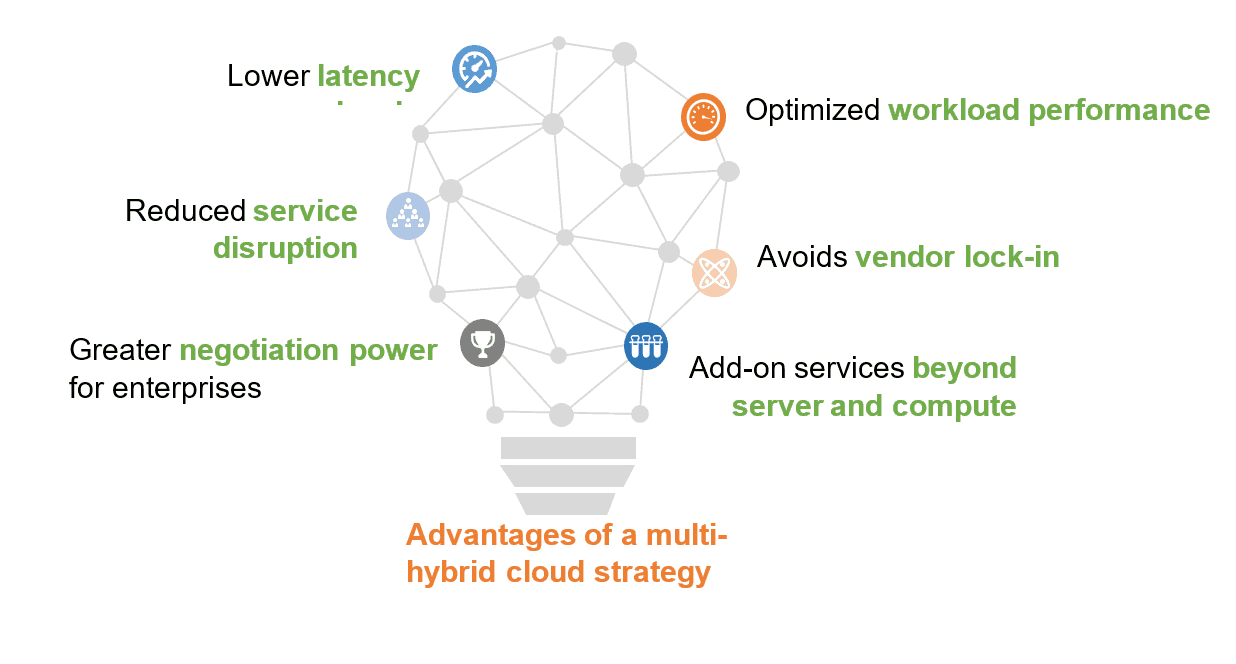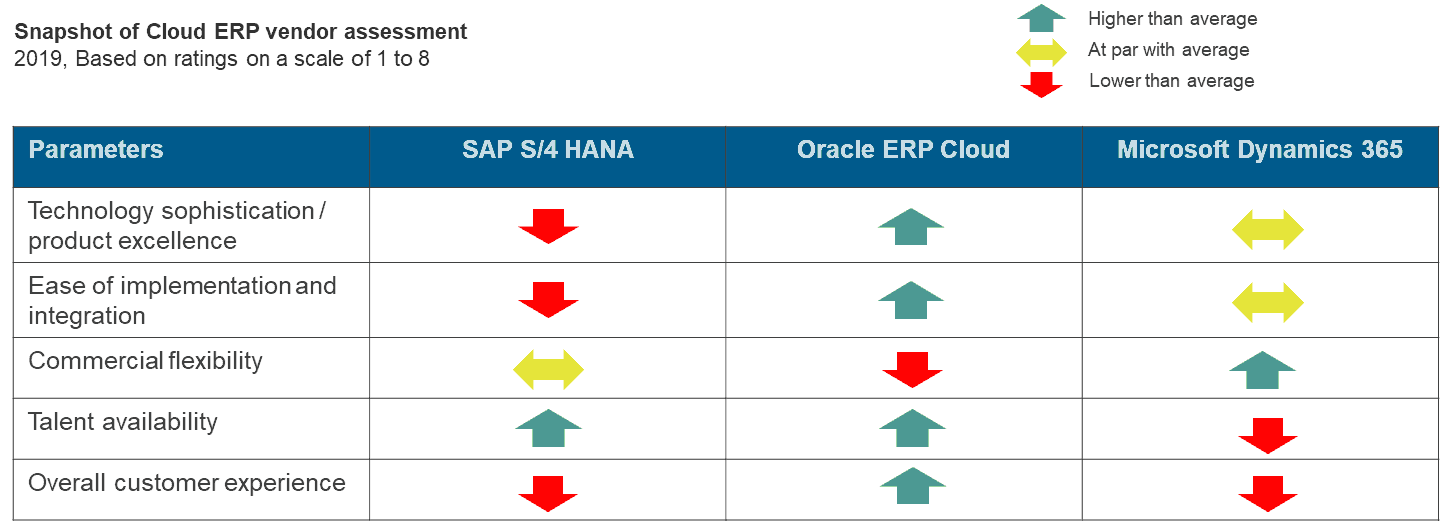Ethical Cloud: It’s About More Than Data | Blog
At their very core, cloud vendors are responsible for many critical aspects of enterprises’ data, including how it’s treated, its portability, workload interoperability, and compliance. Going forward, clients’ and governments’ expectations of cloud vendors will extend far beyond data…they’ll be expecting them to deliver “ethical clouds.”
I believe ethical clouds need to have four key dimensions, in addition to data security.
Sustainable
Multiple studies over the years have looked at data centers’ massive power consumption. While Power Usage Effectiveness (PUE) has improved and power consumption growth has decelerated due to virtualization and cloud services, there is still a long way to go. Clients will hold their cloud vendors accountable not only for power consumption but also for the source of their power and their overall emissions. Of course, cloud vendors’ sustainability strategies should extend into other areas including real estate and water. But power is the right place to start. Some vendors, such as AWS, have already taken initial steps in this direction.
Social
Beyond classic corporate social responsibility, cloud vendors will need to demonstrate how they care for society and the ecosystem in which they operate. This means they will need to clearly express their hiring practices, how they treat tax liabilities across regions, their litigation history, how they manage IP, their leadership views on important global events, etc. In short, they need a very strong social index or social perception.
Steadfast
Although their clients’ interests will always be the top priority for cloud vendors, there will be instances where those interests conflict with the government’s. Cloud vendors will need to have a clear policy and philosophy around handling such matters. They will need to assist the government to honor their duty to the nation, but within a defined construct to keep from violating their commitment to their client. For example, cloud vendors may soon be put under the same type of scrutiny that Apple was when it declined to create a “back door” into the iPhone.
Sensitive
At its heart, this is about the Golden Rule principle of treating others as you want to be treated. For cloud vendors, this means being sensitive to the law and order of the land in which they operate, avoiding behavior or actions that generate negative press or sentiment, and conscientiously addressing regulations, job creation, diversity, data sanctity, partner behavior, etc.
Cloud vendors also need to be sensitive about their internal structures. Their structures must ensure alignment, fairness, and transparency for all members of their ecosystem, including employees and partners, for example, system integrators. Embracing and engendering this type of environment will be just as important as what they deliver to their clients. Moreover, the vendors need to ensure the right behaviors from their employees and partners. And all discrepancies should result in investigation and suitable action. At the same time, employees and partners should be encouraged and empowered to register protest if they believe the vendor is shifting away from being an “ethical cloud” provider.
Over the years, in virtually all industries, organizations have faced significant repercussions for unacceptable financial, labor, and sustainability behaviors. And cloud vendors will soon have to operate under the same microscope.
Going forward, I believe cloud vendors will quickly find that success isn’t just about creating the best legally compliant technology solution; it’s also about living, and demonstrating, the spirit of being ethical.
What do you think about ethical cloud? Please share your thoughts with me at [email protected].



